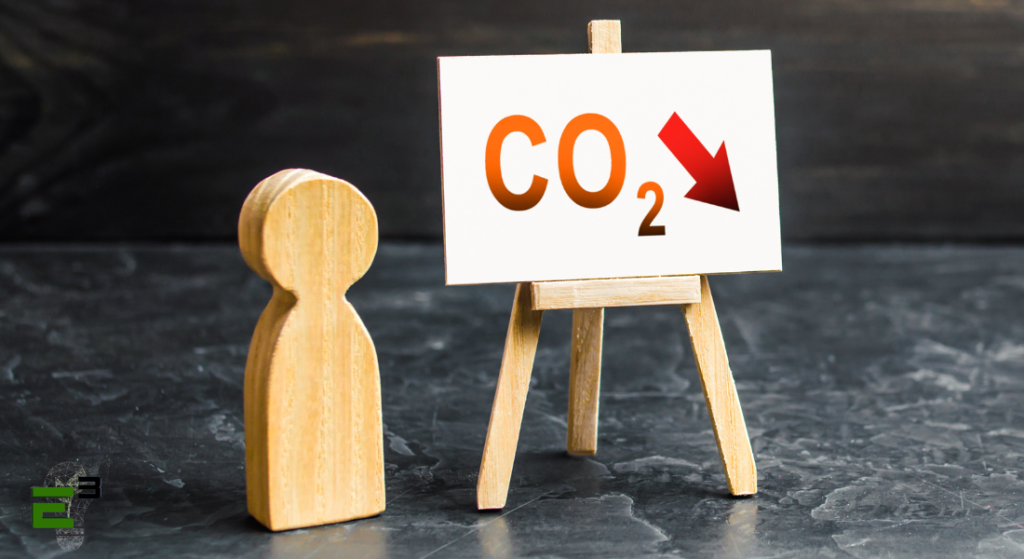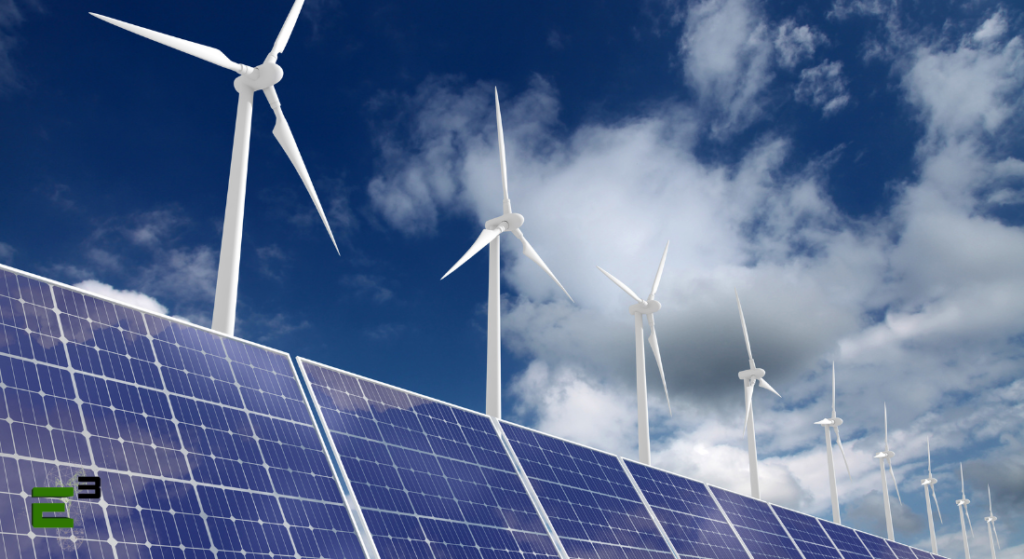The global energy sector and governmental energy policies consistently make headlines, with prominent trends such as the move towards achieving net zero, the transition to electric vehicles, the increasing costs of fossil fuels, and even the fundamental systems for heating our homes becoming subjects of ongoing and often contentious public discourse.
Strategic energy issues have historically captured public attention, recognizing the crucial role of a reliable and affordable energy supply in daily life and economic development. The evolution of energy sources has always mirrored technological advancements, with nuclear power, the coal industry, and the oil crisis of the 1970s being significant political issues in their respective eras. Public responses to current trends in renewable energy follow a familiar pattern, grounded in practical concerns.
Two fundamental distinctions characterize the 2020s compared to previous decades. Firstly, advancements in renewable energy technology have introduced possibilities that previous generations could only speculate about. Secondly, there is a widespread acknowledgment of climate change as a reality, despite ongoing debates about its causes and implications. Consequently, there is significant momentum towards phasing out fossil fuels, embracing sustainable green energy, and emphasizing energy efficiency.
The “3 D’s of Modern Energy Evolution” succinctly encapsulate emerging trends in renewable energy: Digitalization, Decarbonization, Decentralization, and the pivotal inclusion of Energy Efficiency. This blog post will delve into these four pillars, exploring how they collectively shape the future of renewable energy trends and impact investments in the sector.
Decarbonization

In tracing the trajectory of energy consumption from the ancient practice of wood burning to the contemporary reliance on fossil fuels, the remarkable adaptability of humanity becomes increasingly apparent. The exponential growth of carbon emissions during the industrial revolution paints a sobering picture, with current levels nearly 150 times higher than those recorded in 1850. This alarming escalation serves as a resounding call for transformative action.
Governments worldwide are responding to this imperative by pivoting towards sustainable policies, catalyzing a swift surge in investments in renewable energy. Companies at the forefront of this paradigm shift, exemplified by industry leaders like ICL, are playing a pivotal role. Their contributions extend beyond mere participation; through innovative research, development initiatives, and the creation of clean energy storage products, they are actively shaping the landscape of sustainable energy.
At the heart of this movement is a steadfast commitment to decarbonization, driven by technological advancements and a collective sense of responsibility. The pledge to reduce carbon footprint holds the potential to usher in a future characterized by cleanliness, brilliance, and sustainability. It is a commitment that resonates across generations, promising a legacy of environmental stewardship and a brighter tomorrow for those yet to come. The journey towards a cleaner, brighter, and more sustainable future is underway, and the concerted efforts of governments and pioneering companies set the stage for a transformative energy landscape for generations to come.
Decentralization

A notable global trend in energy supply infrastructure is the move towards decentralization. The traditional centralized energy model, once efficient but reliant on fossil fuels, inadvertently fostered monopolistic structures. Initial investments in renewable energy were cautious, but the urgency of climate change and public demand for green energy have accelerated research and investment. Decentralized energy infrastructure signals a positive shift, offering genuine energy independence and a defense against fossil fuel price volatility. Future trends point to energy decentralization with hybrid microgrids utilizing solar, thermal, hydro, wind, and clean hydrogen energy. This paradigm shift empowers individuals, businesses, and municipalities, ushering in a new era of globally impactful yet decentralized energy structures.
Digitization

In an era where home temperature can be controlled with a voice command, digitization is reshaping the energy experience. The post-World War Two era marked the beginning of computer technology’s role in energy and infrastructure management. Today, with advances in AI, robotics, and digital tools, we stand on the brink of an energy transformation. Digitization offers possibilities ranging from real-time data management and performance optimization to enhanced asset and infrastructure utilization, providing a better return on investments. Integrating technologies like 5G and 6G into daily life, AI-driven solutions are poised to optimize energy consumption. Wisely employed, the digital wave holds the potential to create secure energy systems delivering universally accessible, sustainable, and clean energy, with game-changing implications for economic growth and improvements in the quality of life.
In conclusion, the trinity of Decarbonization, Decentralization, and Digitization represents a profound shift in the landscape of energy consumption and production. The urgent call to address the alarming increase in carbon emissions has prompted governments and innovative companies like ICL to spearhead the transition towards sustainable practices. As investments in renewable energy accelerate, a cleaner and more sustainable future emerges, promising not only environmental benefits but also economic opportunities.
Decentralization stands out as a beacon of hope in the global energy supply infrastructure. The move away from traditional centralized models, often reliant on fossil fuels, signals a transformative era. By embracing hybrid microgrids and diverse renewable sources, this shift empowers individuals and communities, fostering energy independence and resilience against the uncertainties of fossil fuel markets.
Simultaneously, Digitization emerges as a catalyst for unprecedented advancements. From real-time data management to AI-driven solutions optimizing energy consumption, the digital wave reshapes how we experience and harness energy. The integration of cutting-edge technologies promises secure, universally accessible, and sustainable energy systems, offering not only efficiency gains but also the potential for profound improvements in the quality of life for individuals and communities globally.
In essence, the convergence of these three pivotal elements marks the dawn of a transformative energy renaissance. This symbiotic relationship between environmental conscientiousness and economic growth not only signifies a paradigm shift but also lays the foundation for a forthcoming era characterized by sustainable energy practices.
The seamless integration of cleaner technologies, decentralized energy systems, digital optimization, and a heightened focus on energy efficiency collectively not only alleviates environmental impact but also propels economies towards unprecedented resilience and heightened efficiency. As we find ourselves at the intersection of this progressive trajectory, it becomes abundantly clear that this multifaceted approach will not merely shape the future; rather, it will redefine the fundamental nature of global energy landscapes. This holistic strategy not only fosters a legacy of innovation, responsibility, and prosperity but also underscores the pivotal role that energy efficiency plays in steering us towards a sustainable and thriving future for generations to come.



